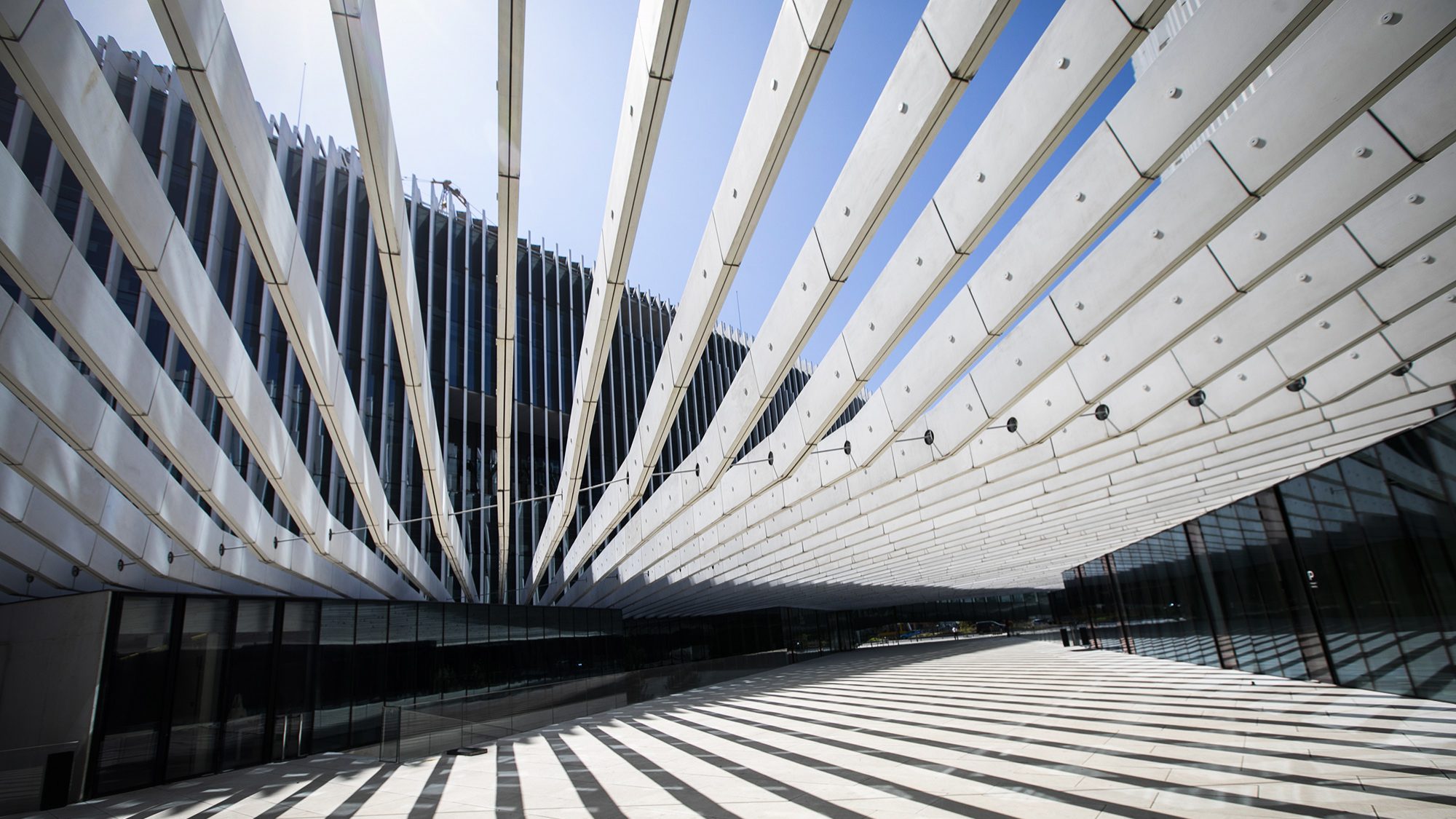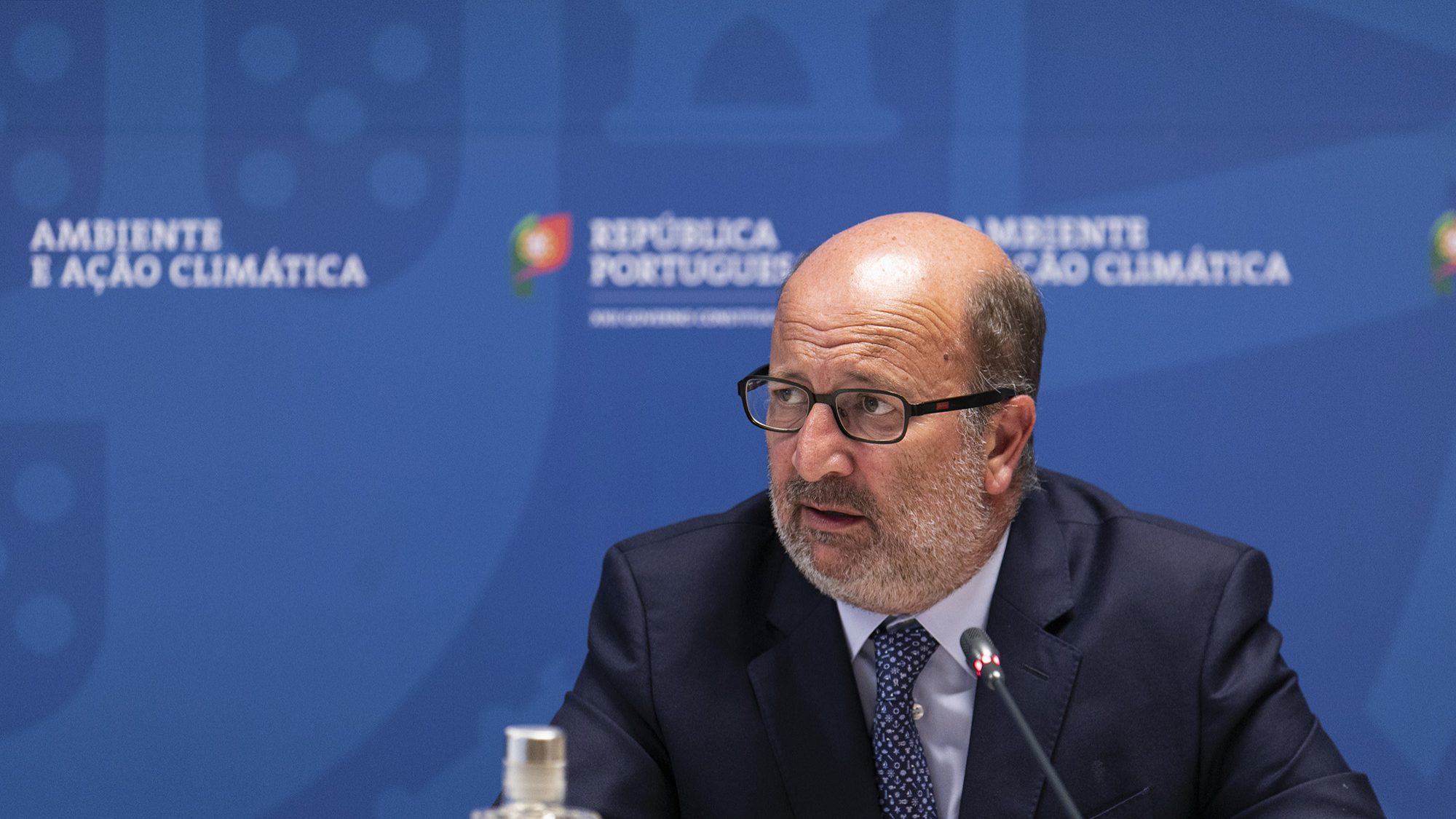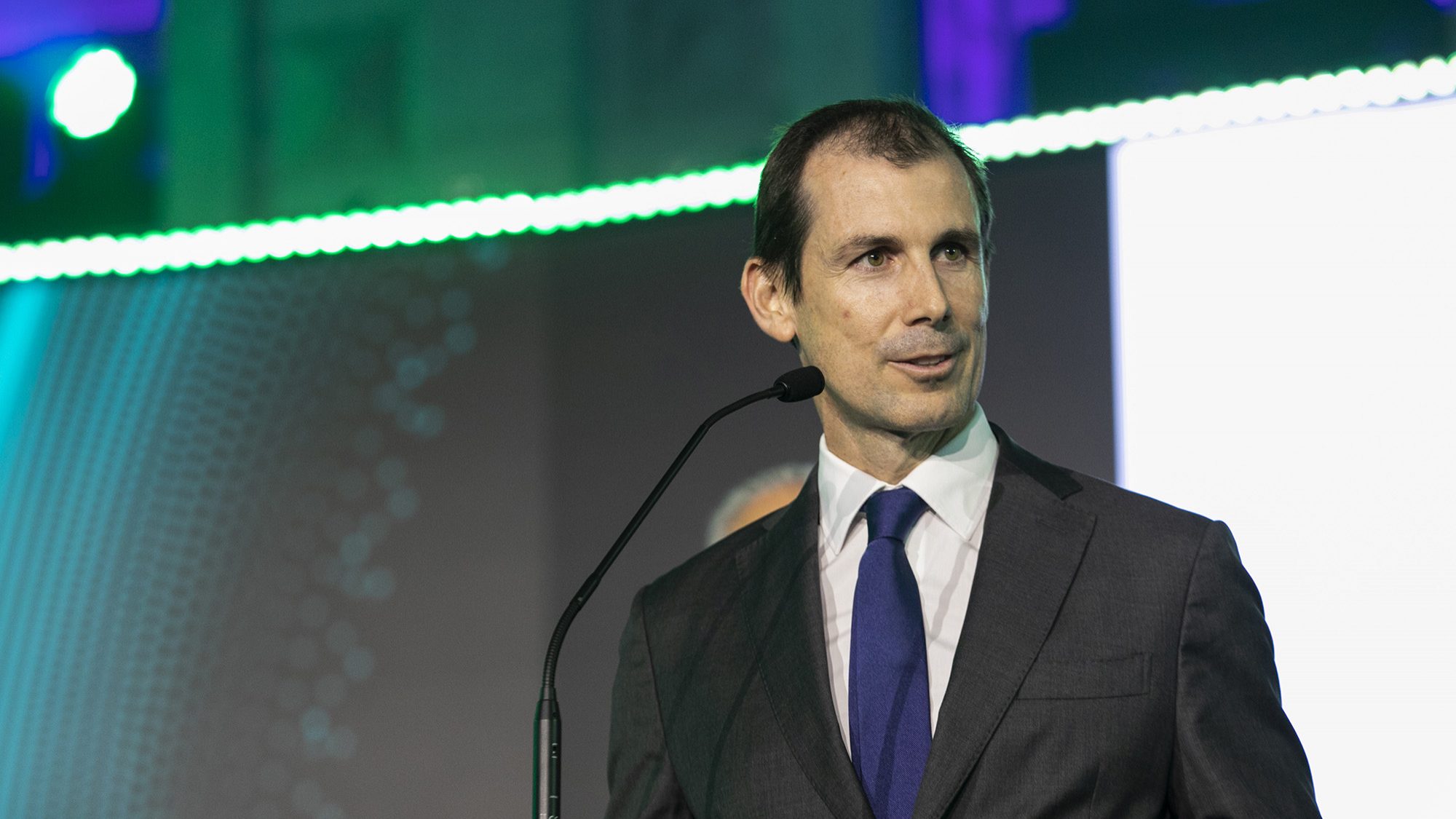EDP to produce 1.5 GW of electricity from hydrogen by 2030
Currently, 81% of EDP's energy matrix is renewable energy, and the goal is to reach 100% in 2030.
Portuguese utility company EDP has taken on the challenge of producing 1.5 gigawatts (GW) of electricity from renewable hydrogen by 2030, joining 27 other global companies that will accelerate investment in this energy, it announced on Tuesday during COP26.
The goal was announced as part of the H2Zero commitment of the WBCSD (World Business Council for Sustainable Development) to accelerate the development of hydrogen produced from clean sources, also known as green hydrogen.
In a statement, EDP said that these projects were aimed at regions where there is a favourable context for the development of hydrogen projects, namely good solar and wind resources, support infrastructures, proximity to industrial clients, and a favourable regulatory environment.
EDP said in February that it had 20 green hydrogen projects under analysis. In October, it formalised an agreement with Repsol to assess investment opportunities in Sines (Portugal), Asturias and the Basque Country (Spain).
It also has plans to produce renewable hydrogen in the state of Ceará (Brazil) from the end of 2022.
The Portuguese energy company’s investment plan foresees converting old coal-fired thermoelectric plants into hydrogen centres and new production units.
“EDP, as a leader in the energy transition, is aware that the fight against climate change is urgent and requires immediate action. That is why we have the goal of ensuring 100% renewable energy production by 2030 and are taking concrete steps to support the decarbonisation of all sectors of the economy,” said EDP CEO Miguel Stilwell d’Andrade in a statement.
Currently, 81% of EDP’s energy matrix is renewable energy, and the goal is to reach 100% in 2030.
Policymakers and thousands of experts and activists gather until Friday at the COP26 conference to update countries’ contributions to reducing greenhouse gas emissions by 2030 and increase funding to help affected countries tackle the climate crisis.
COP26 takes place six years after the Paris Agreement, which set the goal of limiting the increase in the planet’s global average temperature to between 1.5 and two degrees Celsius above pre-industrial times.
Despite the commitments made, greenhouse gas concentrations reached record levels in 2020, even with the economic slowdown caused by the Covid-19 pandemic, according to the UN, which estimates that at the current rate of emissions, temperatures will be 2.7ºC higher by the end of the century.


